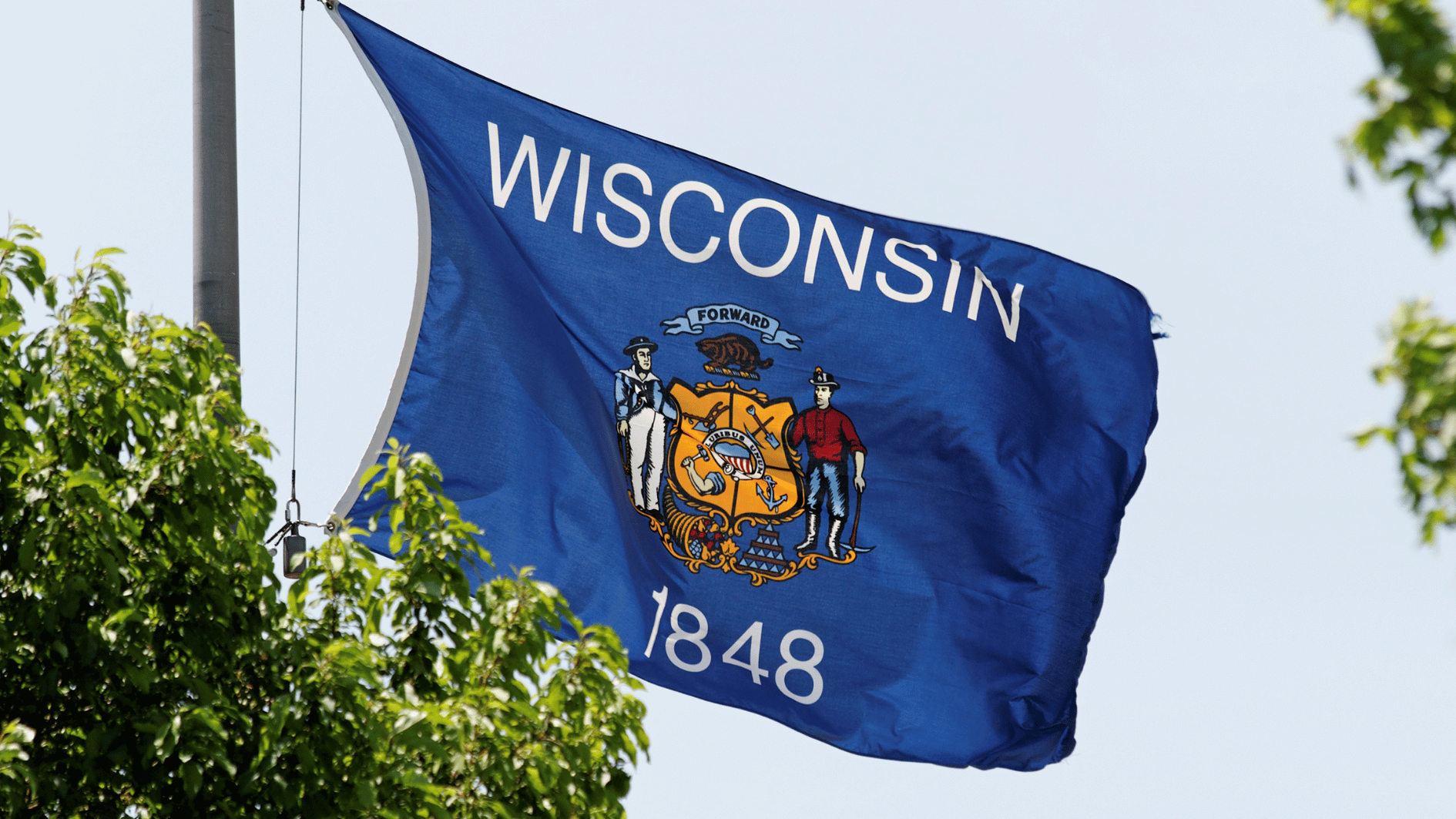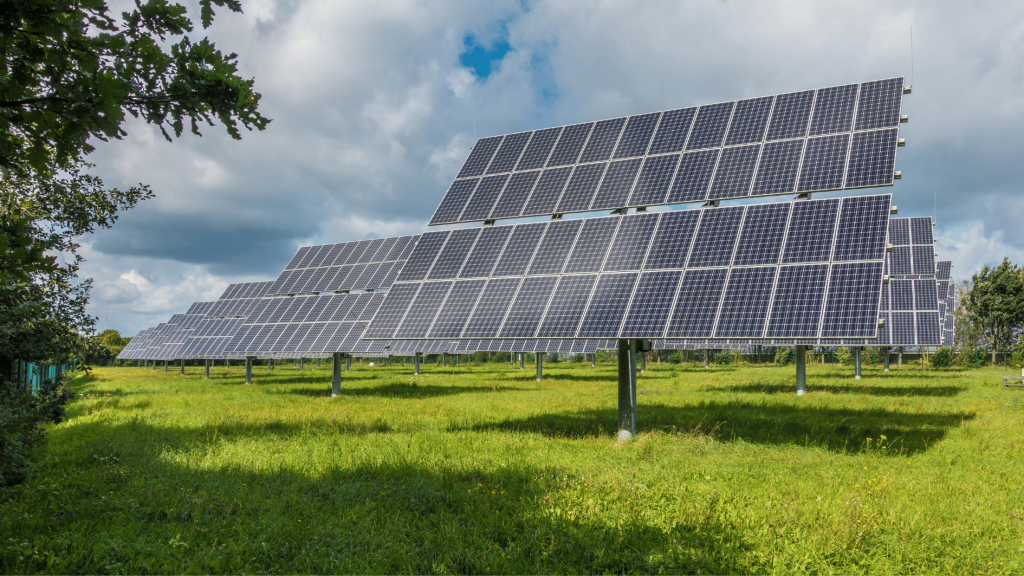Image source: Canva.com
Wisconsin, the “Badger State,” is known for its natural beauty and growing commitment to sustainability. With increasing demand for renewable energy and new policies shaping the industry, many residents are asking: Is Wisconsin a good place for solar energy in 2025? The answer is yes – but with new legislative changes and evolving incentives, it’s important to stay informed. While Wisconsin has some unique challenges, its solar potential, financial incentives, and expanding clean energy programs make it an attractive option for homeowners and businesses alike. Here’s what you need to know before going solar in Wisconsin.
Solar Potential in Wisconsin
Wisconsin experiences an average of 190 sunny days per year, making it a viable location for solar energy. While not as sunny as southwestern states, modern solar panels are designed to generate electricity efficiently even in partly cloudy or overcast conditions. Wisconsin’s long summer days also provide ample opportunity for energy production, balancing shorter winter days.
Key Factors
Long Summer Days – Peak energy production balances out shorter winter months.
Advancements in Solar Panels – Newer panels generate more electricity with less sunlight.
Energy Storage Options – Battery storage solutions help homeowners use solar power even when the sun isn’t shining.
Thanks to these improvements, Wisconsin’s solar industry continues to grow, offering more opportunities for homeowners to generate clean energy year-round.

Wisconsin’s Key Solar Incentives: A Breakdown
New Policies and Incentives in 2025
Several state and federal programs make solar energy more accessible and affordable.
Net Metering
Wisconsin’s net metering policy allows homeowners to earn credits for excess electricity sent back to the grid. However, recent legislative changes may require local government approval for larger-scale solar projects, which could impact future expansion.
Focus on Energy Program
This statewide initiative offers rebates to reduce upfront solar installation costs for homeowners and businesses.
The federal 30% tax credit for solar installations remains available in 2025, significantly lowering initial investment costs.
Property Tax Exemption
Homeowners with solar panels do not pay higher property taxes for their system’s added value.
What’s New in 2025?
Local Approval Requirement
Under new legislation (SB3), large solar projects now need local government approval before state regulators can greenlight them. This adds an extra step in the development process but increases community involvement.
Potential Policy Shifts
Some legislators are reviewing net metering rates and incentives, so homeowners considering solar should take advantage of current programs before any reductions occur.
Financial and Environmental Benefits
Switching to solar energy in Wisconsin comes with long-term financial and environmental advantages.
Economic Benefits
✔ Lower electricity bills: reduce reliance on the grid and save on utility costs.
✔ Energy independence: protect against rising electricity rates.
✔ Solar job growth: the industry continues to create jobs in installation, maintenance, and solar manufacturing.
Environmental Impact
✔ Clean energy production: reduce carbon emissions and reliance on fossil fuels.
✔ Air quality improvements: solar power helps decrease pollution levels.
✔ Sustainable future: supports Wisconsin’s clean energy goals.
Community Solar: A Flexible Alternative
Not every home is ideal for solar panel installation, but community solar programs offer an alternative.

How It Works
- Homeowners subscribe to a shared solar project instead of installing panels on their own property.
- Participants receive energy credits on their utility bills based on their share of the solar farm’s output.
- Great for renters and homeowners with shaded roofs who still want to support solar energy.
With growing interest, Wisconsin is seeing more community solar projects become available in 2025.
Challenges to Solar Adoption
While Wisconsin offers great incentives, some factors still pose challenges:
Seasonal Variability
Shorter winter days and snow accumulation can reduce solar output, but proper system design and battery storage can help offset this.
New Local Approval Process
Large solar projects now require municipal approval before proceeding, which may slow down expansion in some areas.
Initial Costs
While rebates and tax credits help, solar installation can still require a high upfront investment. Financing options like solar loans, leases, and power purchase agreements (PPAs) can make systems more affordable.

The Solar Panel Payment Dilemma: Solved!
How to Get Started with Solar in Wisconsin
Evaluate Your Property
Consider roof orientation, shading, and overall suitability for solar panels.
Find a Trusted Installer
Work with certified solar professionals familiar with Wisconsin’s policies and incentives.
Explore Financing Options
Look into solar loans, leases, and incentive programs to reduce upfront costs.
Understand Local Policies
Check with your municipality on permit requirements and net metering policies before moving forward.
Enroll in a Community Solar Program
If rooftop solar isn’t an option, explore shared solar projects in your area.
Is Solar a Smart Choice in Wisconsin in 2025?
Yes! Wisconsin’s combination of supportive policies, evolving technology, and environmental initiatives makes it a strong candidate for solar energy. However, new local approval requirements for large-scale projects may impact development timelines.
For homeowners, businesses, and renters, solar energy remains an excellent way to cut energy costs, increase independence, and contribute to a sustainable future. By taking advantage of existing incentives before potential policy changes, Wisconsinites can make a smart investment in clean energy while enjoying long-term savings.





